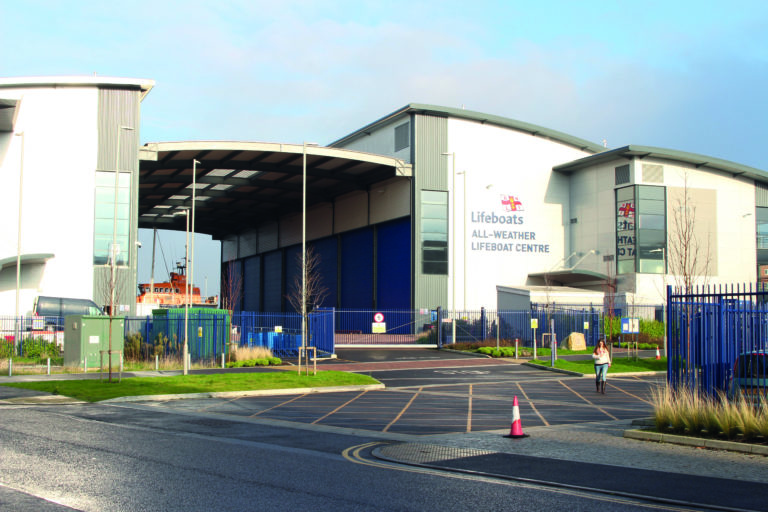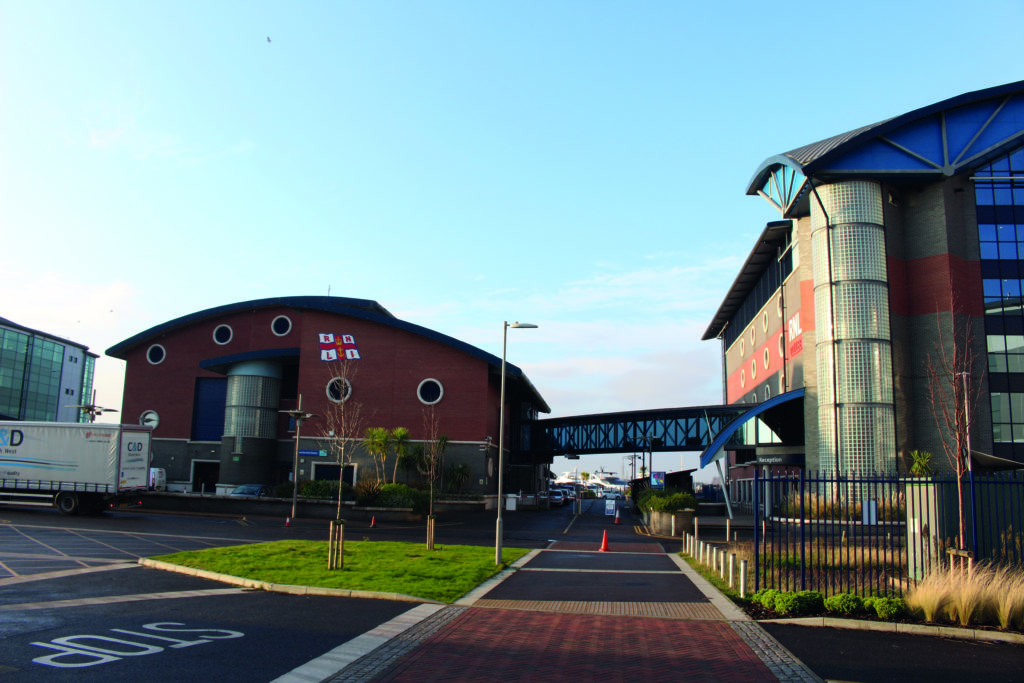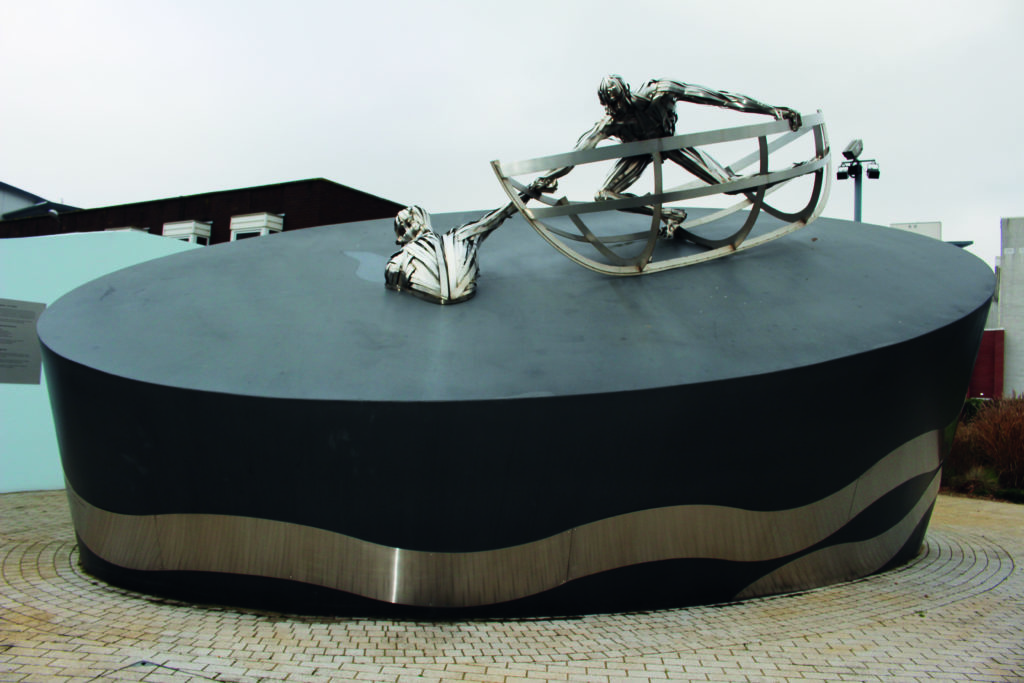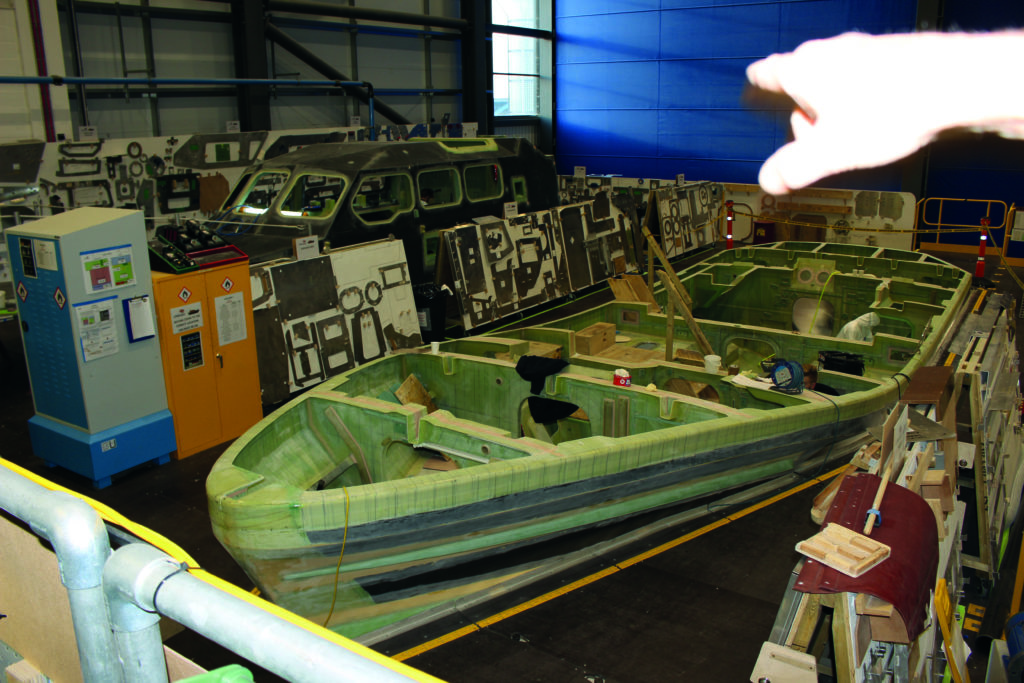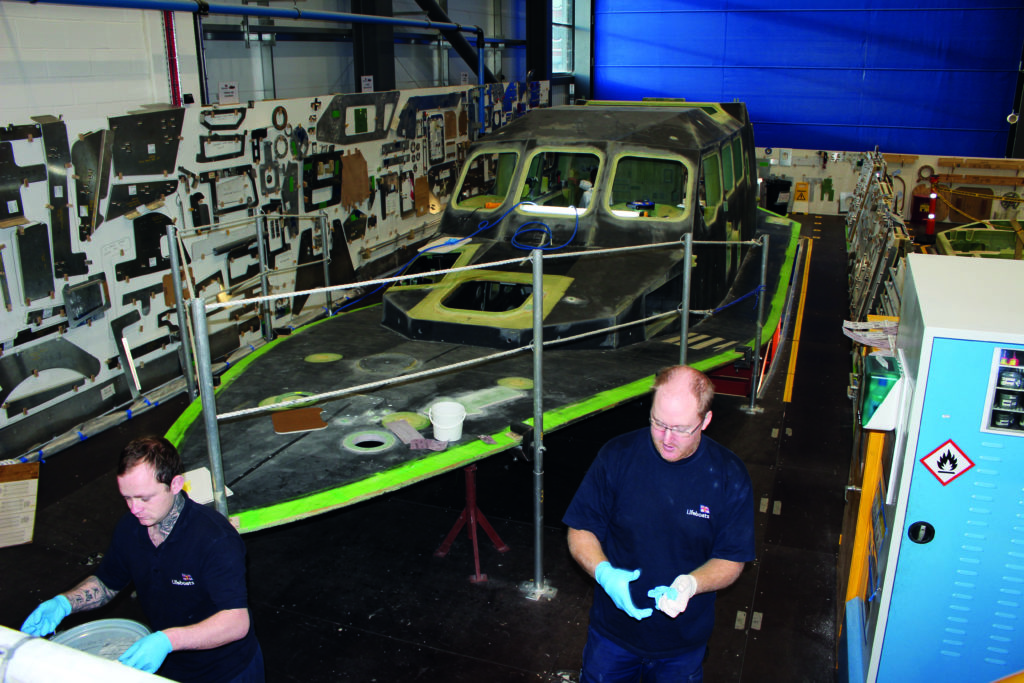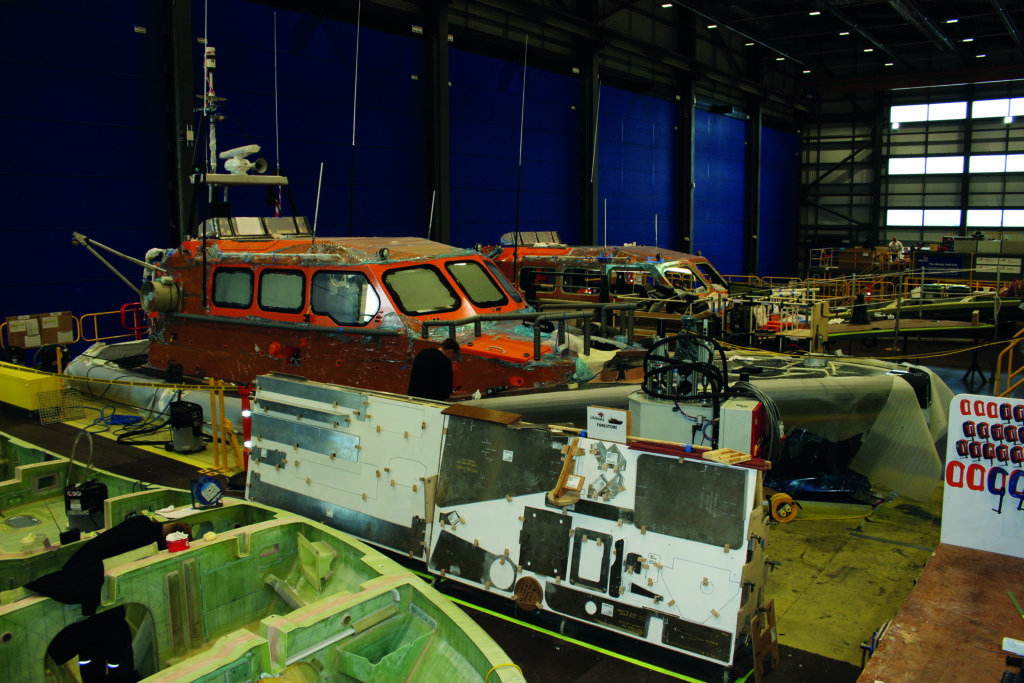The Royal National Lifeboat Institution is an organisation close to the hearts of many divers, so MARK EVANS made the trek down to Poole to find out what goes on at its HQ.
“With courage, nothing is impossible” – Sir William Hillary, RNLI founder
The RNLI can trace its origins back to 28 February, 1823, when Sir William Hillary made an impassioned appeal to the nation, calling for a service dedicated to saving lives at sea. That service, which came into being with royal patronage on 4 March the following year, was to become the RNLI – and since that time lifeboat crews and lifeguards have saved more than 140,000 lives.
Also read: Wreck diver rescued off Dorset
Inside the RNLI
The RNLI’s headquarters are in Poole, Dorset, and I was given a whistle-stop tour while I was “down south” to oversee what was the first RNLI Sea Survival Diver course, aimed at all divers venturing offshore in the British Isles.
This sprawling collection of buildings is a true RNLI City, and incorporated into this vast metropolis is the futuristic Sea Survival training centre. which has a computerised simulator representing the inside of all-weather lifeboats, and a pool large enough to cope with even the bigger RIBs. Through innovative use of machinery, fans and lighting, it can be made to look and feel very much like being in the stormy North Sea in the midst of a gale.
The RNLI College houses all the training facilities and sits in the centre of the complex. The hotel portion offers 60 spacious and well-appointed single and double rooms at respectable prices, and it’s good to know that the money you spend on your stay helps to save lives at sea. Similarly, you can eat and drink in the Riggers Restaurant and know that eating there is also money well-spent.
On display in the complex is the RNLI Memorial Sculpture by Sam Holland, seen in the photograph above, a poignant reminder of those brave souls who made the ultimate sacrifice. Unveiled in 2009, it features the names of all those who have died while on duty, and serves as a source of inspiration for current and future generations of lifeboat-crew, lifeguards, supporters and fundraisers.
We divers will be well aware that in the UK and Ireland the RNLI provides a fleet of all-weather lifeboats and inshore craft at strategic locations around the coast, and a lifeguard service on a seasonal basis, as well as providing coastal safety, research and education programmes, and flood response.
However, the RNLI also works internationally with like-minded organisations to raise awareness of the significant global drowning problem, and to grow accident prevention and rescue capacity within high-risk communities.
Looking ahead
The RNLI made a pledge to provide every all-weather lifeboat crew with a 25-knot lifeboat by 2019. This meant that the organisation would require at least 50 new Shannon-class lifeboats, and to build six of these all-weather lifeboats every year, as well as maintaining its existing fleet.
To make this happen, the charity constructed the All-Weather Lifeboat Centre (ALC) at its Poole headquarters, and this opened in 2015. The facility brought every stage of the lifeboat-building process in-house and under one roof, ensuring that the RNLI would be fully equipped to build the next generation of all-weather vessels.
It gave the organisation greater control of costs and quality while creating employment, including apprenticeships in marine engineering and boat-building.
“The ALC will allow the RNLI to govern its own destiny,” said Chris Eves, the ALC manufacturing manager who showed me around this fascinating building. “In the future, there will be fewer suppliers who can meet our specialist requirements so, as well as mitigating the risk within our lifeboat-building supply chain, the new facility gives us complete control over quality and costs.
“By bringing all-weather lifeboat building in-house and capitalising on the expertise within the organisation, we will be able to save at least £3 million each year.”
The Shannon lifeboat, the latest class of all-weather lifeboat to join the RNLI fleet, was the first modern all-weather lifeboat to be propelled by water-jets rather than traditional propellers, making it the most agile and manoeuvrable such vessel available.
It was designed entirely in-house by the engineering team, with the RNLI harnessing cutting-edge technology to ensure that it met the demands of a 21st-century rescue service, building on systems developed for its big sister, the Tamar-class lifeboat.
The hull, deck and wheelhouse are constructed of composite materials, predominantly an epoxy resin film infusion glass sandwich, with carbon fibre in areas with a high load. The hull and the deck superstructure of each lifeboat move around the ALC as a pair through a series of workstations, eventually being bonded together towards the end of the construction process.
The Shannon lifeboat was designed to be launched and recovered from a beach via a new faster and safer tracked launch and recovery system, and can also be launched from a slipway, or lie afloat.
Just under 14m long, with a shallow draft of just 1m, it carries a crew of six and has a maximum speed of 25 knots from its twin 13-litre Scania 650hp engines, with a range of 250 nautical miles.
Introduced in 2013, Shannon-class lifeboats have been replacing Mersey- and Tyne-class lifeboats as they reach the end of their operational lives. There is a tradition of naming lifeboats after rivers, but the Shannon marked the first time an Irish river – at 240 miles the longest in Ireland – had been chosen.
Aims and goals
The RNLI’s goals have all been underpinned by completion of its 25-knot all-weather fleet and the final roll-out of a lifeguard service to remaining beaches that need patrols.
By 2024 it expects a 50% reduction in drownings in the UK and Ireland; a reduction in serious incidents; and effective drowning-prevention strategies in place in the highest-risk areas internationally.
To achieve this, the RNLI needs to deliver a balanced lifesaving service to educate, supervise, rescue and influence those at risk from drowning, and to strengthen coastal safety work to ensure that its efforts and resources are focused in the most-effective way.
Internationally, the focus will be to grow understanding and awareness of the global drowning problem; build a broad international coalition of non-governmental organisations; develop successful community interventions; and then, with its partners, ensure that there is broad evidence of the effectiveness of drowning-prevention strategies for at-risk nations.
THE LIFEBOATS
There are more than 350 lifeboats in the RNLI fleet, based at stations around the UK and Ireland. Between them, they cover 19,000 miles of coastline and some busy inland stretches of water.
RNLI lifeboats are divided into two categories: all-weather and inshore. The different lifeboat classes within these categories allow the RNLI to reach people in all kinds of situations and locations.
The types of lifeboats used by a station depend on geographical features, the kind of rescues with which the station is most likely to be involved, and the cover provided by neighbouring stations.
All-weather lifeboats (ALBs) are capable of high speeds and can be operated safely in extreme conditions. They are inherently self-righting after a capsize and fitted with navigation, location and communication equipment.
Inshore lifeboats (ILBs) usually operate closer to shore, in shallower water, near cliffs, rocks and even in caves. The RNLI also has inshore rescue hovercraft for areas that are inaccessible to conventional lifeboats, such as mudflats and river estuaries.
Photographs by Mark Evans
Also on Divernet: Devon Lifeboat Crew Rescue Drifting Divers, Freediver Rescued Off Devon, Lifeboat Crews Commended For Divers’ Rescue, Skye Dive-Boat Fails With Divers Down, Lifeboat Volunteers Honoured
